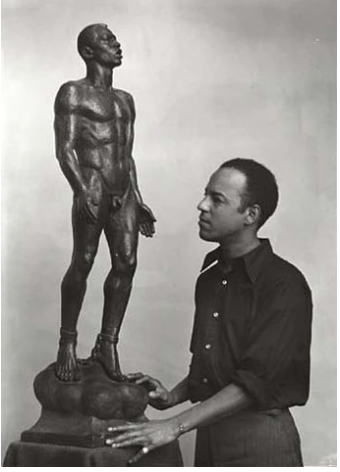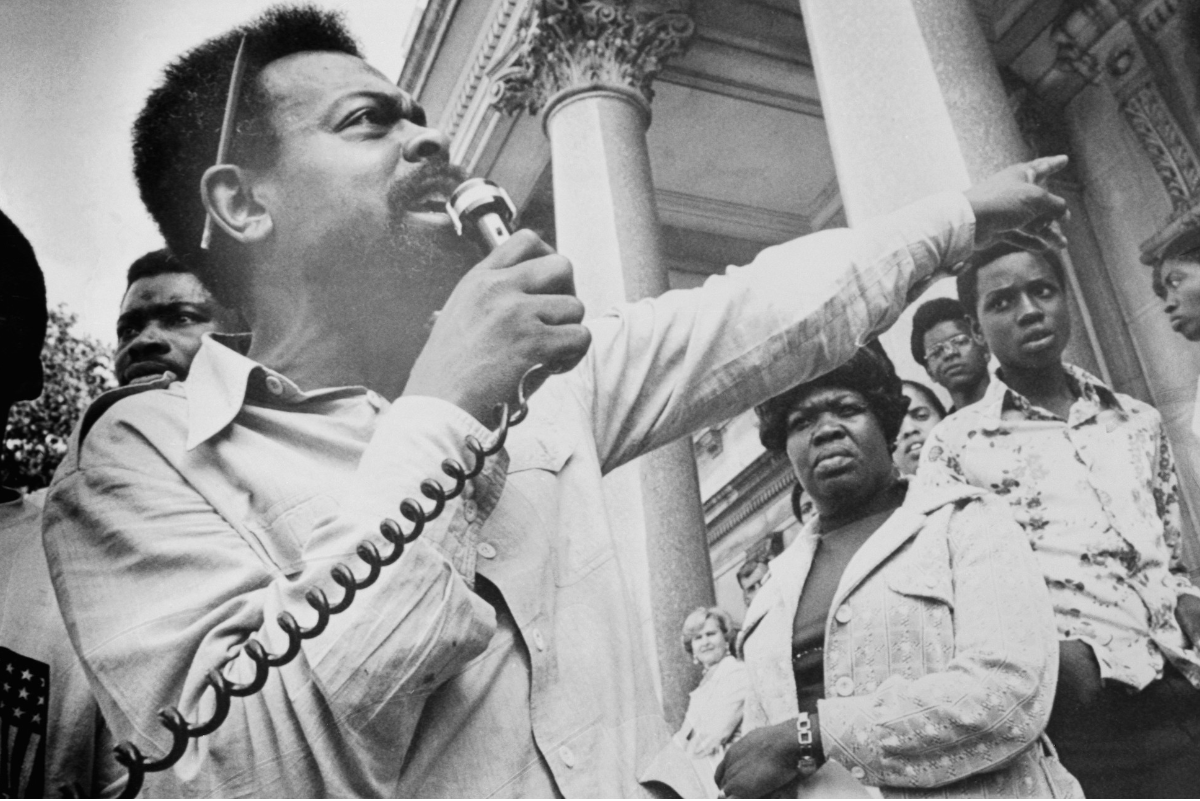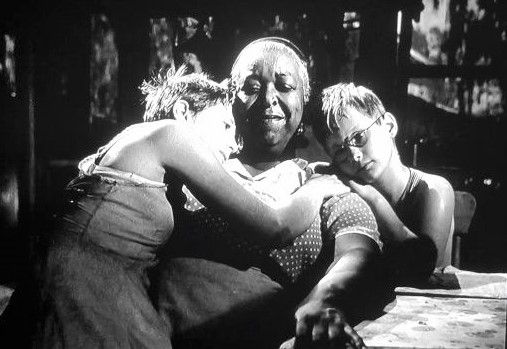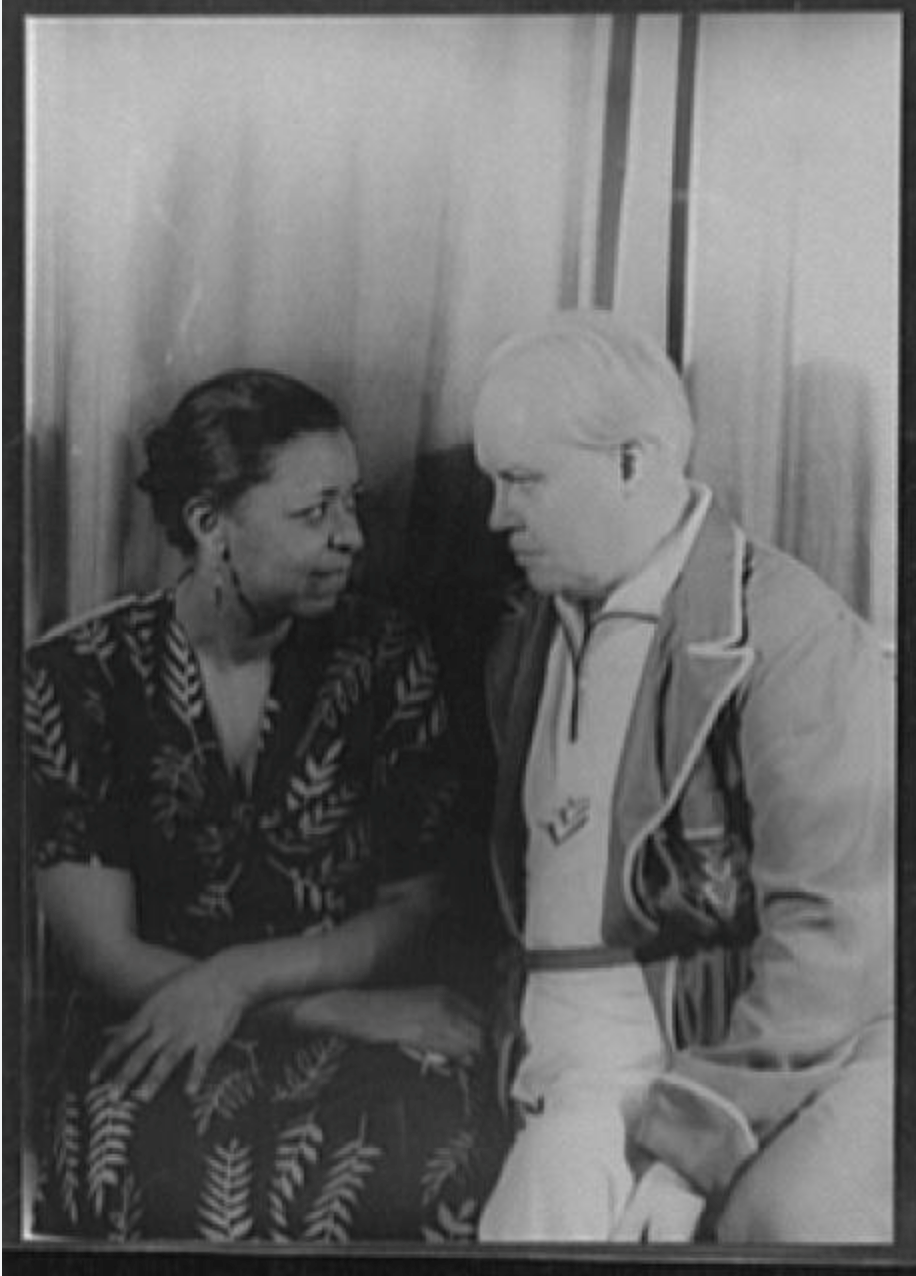The Not-So-Golden Years of the Harlem Renaissance Queers
America hates old people. Aging out of relevance, health, and a community of peers as they die off is no fun even if one has wealth or family love to cushion these failings. The queers of the Harlem Renaissance were particularly vulnerable to the perils of aging – if they made it that far. Wallace Thurman committed suicide by alcohol at age 31. Countee Cullen died of high blood pressure and uremic poisoning aged 42. Hypertension killed A’Lelia Walker at 46, which was understandable since she was on the brink of losing her mother’s financial empire, the C. J. Walker Beauty Company, with the deepening of the Great Depression.
Most of these men and women were in the prime of adulthood when they experienced the glory days of the Renaissance. Claude McKay was a good ten years older than the other writers whom he so influenced, and he contended with poverty, failing health, and a lack of community all the sooner. He turned to the Catholic church for support. Nonetheless his conversion in 1943 shocked his friends and literary fans; they didn’t see it coming. By then he had moved to Chicago entirely supported by the Church. He died three years later of a heart attack at the age of 58.
Alain Locke never felt sufficiently at home or free to come out of the closet in the bougie Black community of Washington, DC, but that was where his career lay as a Professor of Philosophy at Howard University, and it was in DC that he lived alone and emotionally isolated until his retirement in 1953. He moved to New York City the following year where he was diagnosed with – what else? – heart disease. (I’m sussing out a pattern here.) He expired after a six-week illness at age 68 – a long and productive life but a lonely one.
Richard Bruce Nugent also enjoyed a long life, one of the longest. He was only 19 when his drawings and stories were published in the Black publications at the time. He had a checkered career afterwards as an artist and entered into a sexless marriage with a professional woman so in love with him that she agreed to those terms in the hope that he would change. When she committed suicide in 1969, Nugent lived out his remaining years close to becoming homeless and almost entirely forgotten. But he survived long enough to witness the birth of the post-Stonewall culture, even though he was initially unwilling to accept the gay label or proclaim solidarity with the movement. Nonetheless the movement found him, and he saw his work anthologized, became the key figure in the rediscovery of the Harlem Renaissance arts journal, Fire!!, and witnessed his growing reputation as a Black gay pioneer before he died in 1987, age 80.
Because of his longevity and relative visibility as gay, Nugent benefitted from the support of a queer community that, obviously, wasn’t available to others who died earlier or who remained deeply closeted. When Langston Hughes lived out his final years in a Harlem, he didn’t need the support of a queer community which he wouldn’t have recognized as his own in any event. He had the African American community where he was respected, beloved, and had held the unofficial post of poet laureate of Harlem for decades. (Hughes bucked tradition by dying of surgery complications related to prostate cancer, age 66.) Did it matter to Langston that, despite his attractiveness, generous personality, and talent, shared his life with no other? We don’t know and we won’t know. But had Langston been gay and ensconced in a community that accepted queer relationships instead of exiling their culture heroes for the merest whisper of homosexuality (pace Bayard Rustin) . . . ah, but one can only speculate.
Being Black, susceptible to hypertension, socially isolated, without a long-term partner, and probably without financial security guaranteed a difficult old age. There were sunnier scenarios, and the best of these fell to the lot of the white writer, tastemaker, and socialite Carl Van Vechten. Van Vechten promoted the Harlem Renaissance and his own status as a cultural critic simultaneously and with great success. He possessed money, talent, social graces, and a wife who adored him through the gay liaisons of their 50-year marriage. (He died in his sleep, age 84, in their marriage bed.) During the latter part of his life, Van Vechten collected and created one of the most important literary and historical archives of African American culture, the James Weldon Johnson Collection housed at Yale. Although Van Vechten was, of necessity, discreet about his queer proclivities, he left boxes of his “queer-eye” photographs and eighteen scrapbooks recording a vibrant life of homosexual desire. Van Vechten, never troubled about his own sexuality (he had that in common with Nugent), thoroughly indulged a camp sensibility, which prances out of the scrapbook pages. Cataloguing Van Vechten’s vast donation took a quarter of a century, but when the venerable institution finally got around to unpacking the scrapbooks, Van Vechten, anticipating their surprise, had penned as an inscription the supremely queenie comeback: “Yale May Not Think So, but It’ll Be Just Jolly.” Snap!
Recent Posts




SHOGA FILMS is a 501(c) (3) non-profit production and education company. We create multimedia works around race and sexuality that are intended to raise awareness and foster critical discussion.
Contact Us
All Rights Reserved | Shoga Films
Stay Connected
Thanks for subscribing!
Please try again later.



